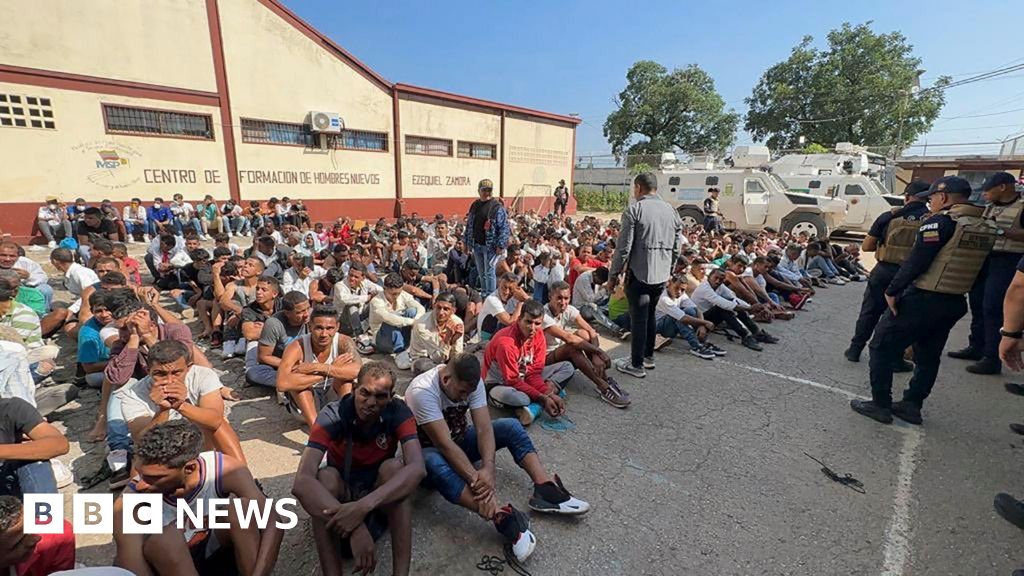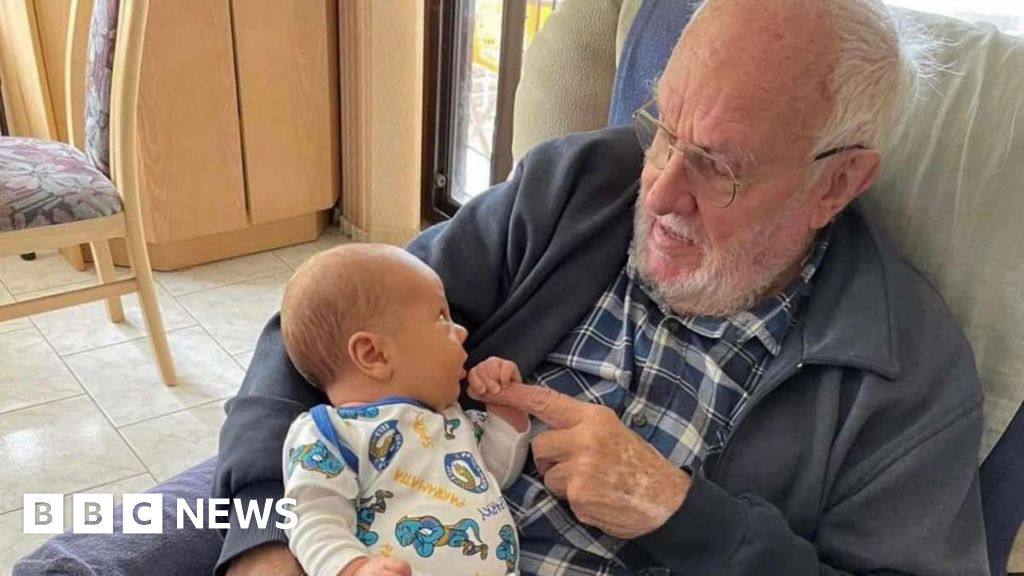Virma SimonetteManila, Jonathan HeadSouth East Asia correspondent and Jaroslav Lukiv
At least 69 people have been killed and dozens injured after a powerful 6.9 magnitude earthquake struck the central Philippines late on Tuesday.
The province of Cebu, which suffered the brunt of the damage, declared a state of calamity early on Wednesday, after thousands spent the night on the streets amid repeated aftershocks.
One Cebu resident told the BBC he was among them, adding that power and water supplies were cut off. He says the voices of crying children could be heard around him, adding that they were "traumatised".
The earthquake comes barely more than a week after the country was hit by back-to-back typhoons which killed more than a dozen people.
Most of the victims were from Bogo city, a small town on one of the largest islands in the Visayas Islands, the Philippines' central region - and the place closest to the earthquake's epicentre.
Images coming out of Bogo show cadaver bags lined on the street and hundreds being treated in tent hospitals. Officials have warned of "a lot of damage" caused by the earthquakes.
The local authorities have appealed for volunteers with medical experience to help deal with injuries.
Buckled and cracked roads, and fallen bridges are also making access difficult for emergency services. Power lines in many places are down, meaning that it's also been hard to speak to those affected.
Seven of those who died in Tuesday's earthquake in Bogo had lived in a village built to house victims of Typhoon Haiyan, which struck the central Philippines 12 years ago killing more than 6,000 people.
In the municipality of San Remigio, a basketball game was ongoing when the earthquake struck, an emergency response official told the BBC. Almost 20 people at the game were sent to the hospital, and at least one person later died.
Officials from the national police and fire bureau say they are prioritising search and rescue operations, rushing to restore electricity and delivering relief supplies to those affected.
On Wednesday evening, Bogo was hit by yet another aftershock, this one at a magnitude of 4.7, with tremors felt in Cebu city and the neighbouring Leyte islands. There were no known casualties.
Cebu's archbishop has told devotees to stay away from churches, pending structural assessments. This call is significant as Cebu was one of the first Philippine islands to be colonised by Spain in the 1500s, and houses many old churches.
Earlier footage showed the tower of an old Catholic church swaying and then partly collapsing in one locality.
The Philippines is composed of thousands of islands and the national disaster agency based in the capital Manila is tasked with releasing official casualty figures for typhoons and earthquakes.
However, the count is usually slow as the numbers are subject to rigorous checks - and so it is possible the death toll could quickly rise further.
The Philippines is very vulnerable to natural disasters. It is located on the geologically unstable "Ring of Fire" - so called because of the high number of earthquakes and volcanoes that occur here.
The upper layers of the Earth in the vast Pacific region are split into sections - tectonic plates - which are all moving relative to one another.
The South East Asian island country also lies in the path of typhoons that sweep across the Pacific Ocean every year.
More than a dozen people were killed after tropical storm Bualoi and typhoon Ragasa hit the Philippines earlier last month. Hundreds of thousands of people were evacuated and a handful remain missing.
.png)
 2 months ago
10
2 months ago
10








 English (US) ·
English (US) ·